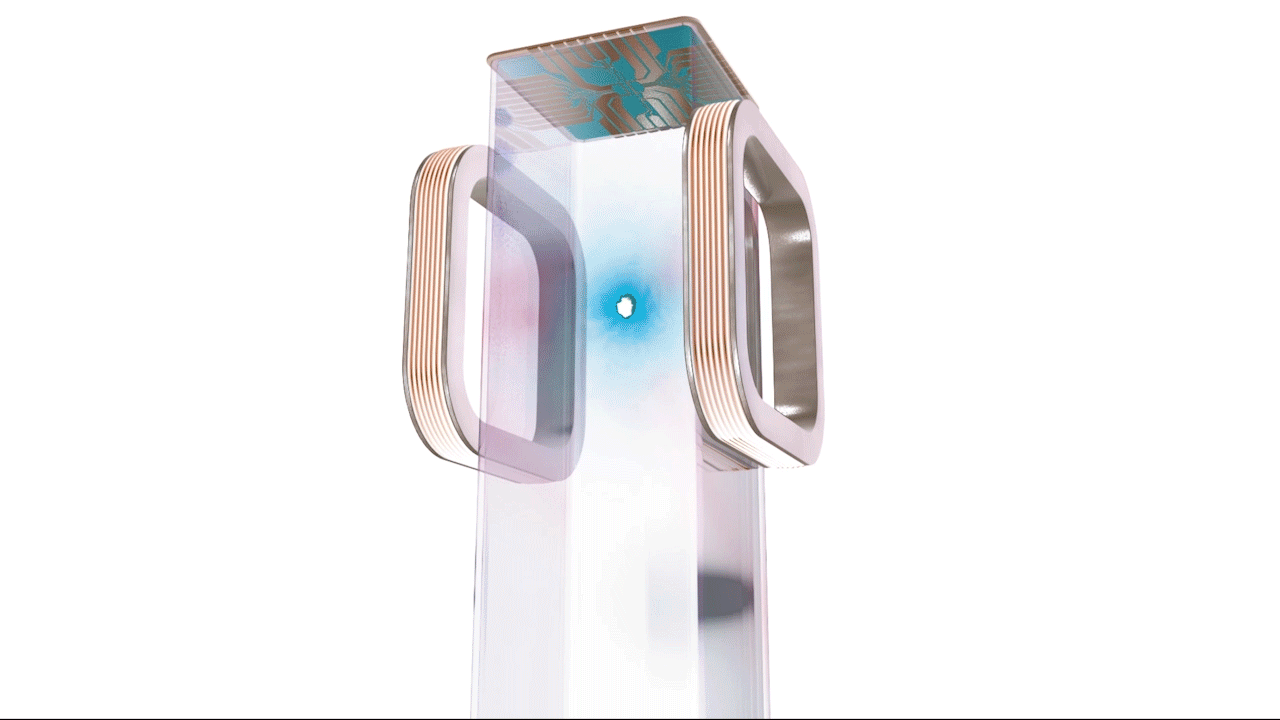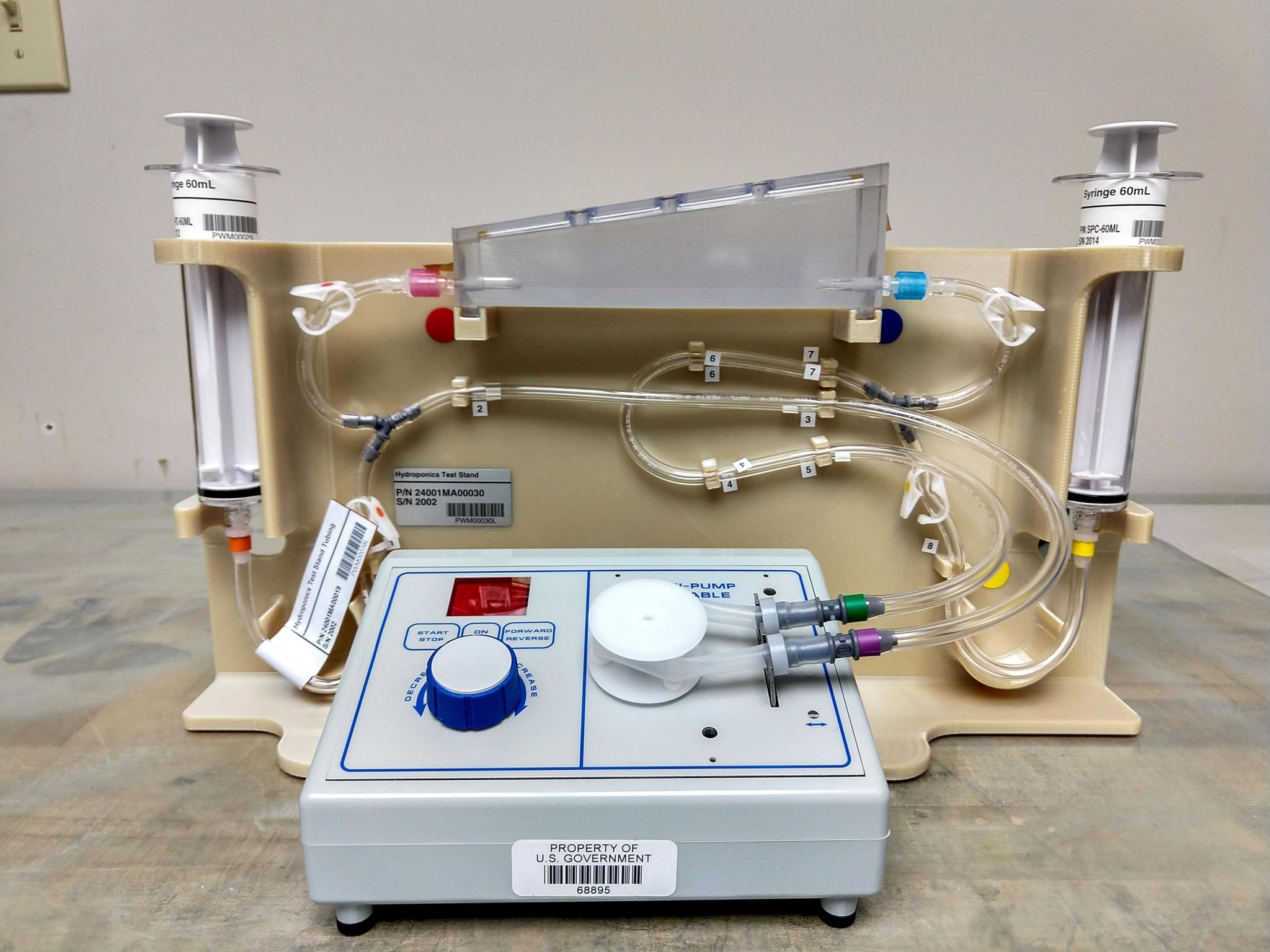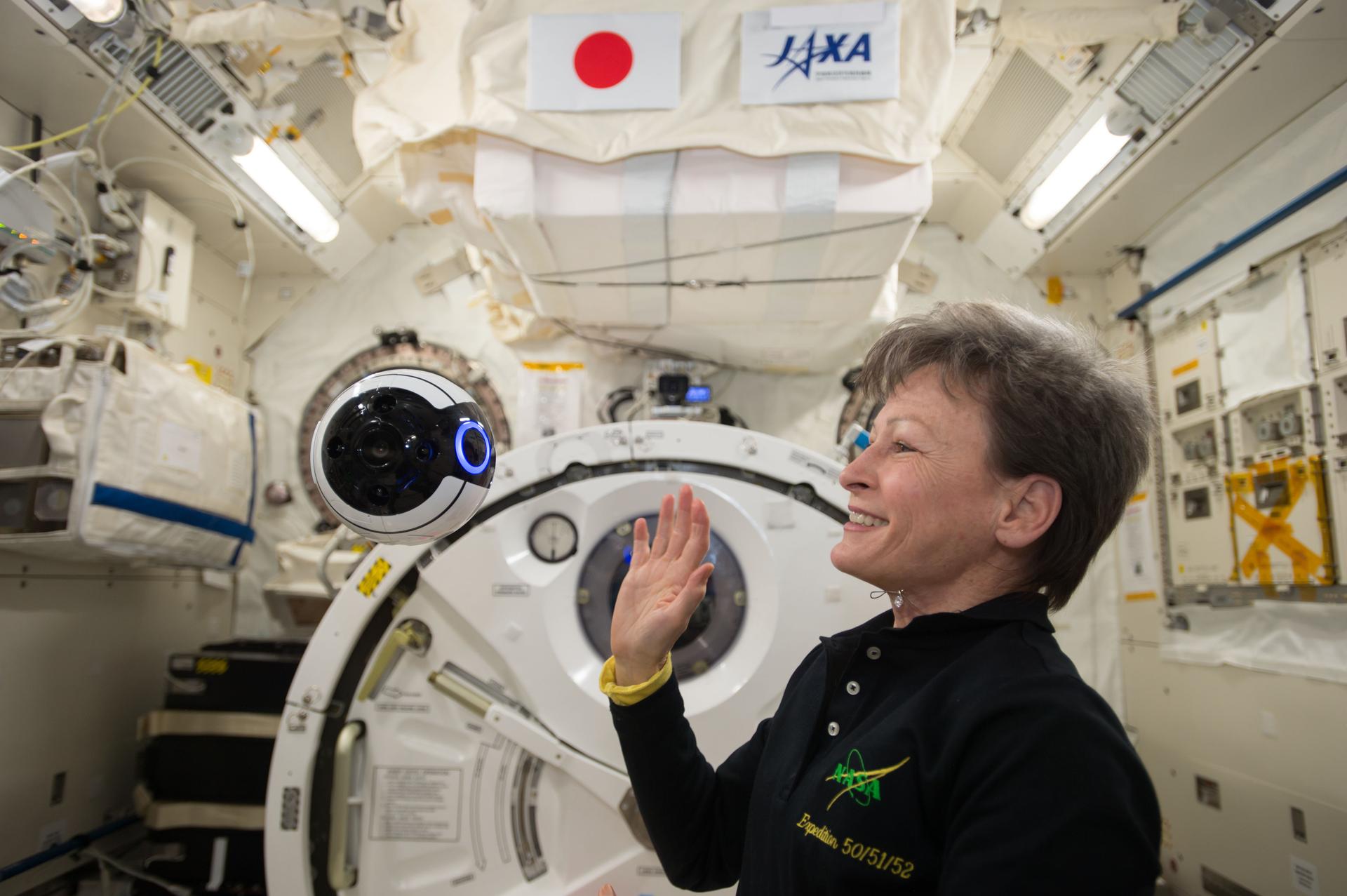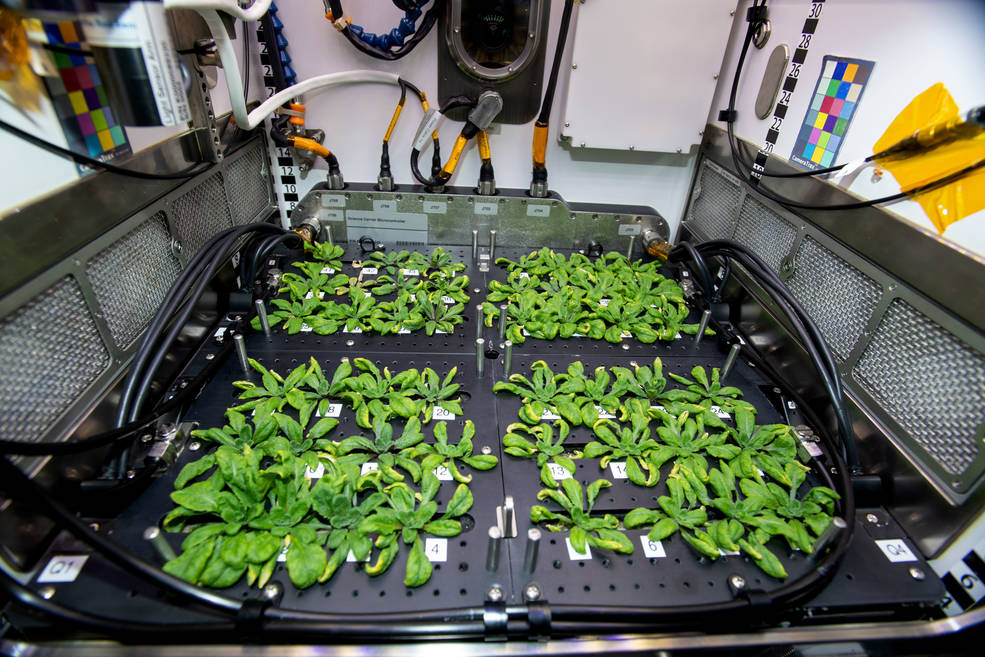7 min read NASA’s Cold Atom Lab Sets Stage for Quantum Chemistry in Space This animation depicts six finely tuned lasers used inside NASA’s Cold Atom Lab to slow down atoms, lowering their temperature. Scientists can now use the lab to see how different types of atoms interact with each other at these cold temperatures. NASA/JPL-Caltech The remotely operated facility aboard the International Space Station has created another tool that researchers can use to probe the fundamental nature of the world around us. For the first time in space, scientists…
Read MoreTag: ISS Research
Investigations launching aboard SpaceX-29 will help humans go farther and stay longer in space
The SpaceX-29 commercial resupply spacecraft will deliver numerous physical sciences and space biology experiments, along with other cargo, to the International Space Station. The research aboard this resupply services mission will help researchers learn how humans, and the plants needed to sustain them, can thrive in deep space. The biological and physical sciences investigations headed to the Space Station are: Plant Water Management-5 and 6 (PWM-5 and 6) NASA has grown plants on the Space Station even without the help of gravity. But microgravity does present challenges and affects Space…
Read MoreScience in Space: Robotic Helpers
6 Min Read Science in Space: Robotic Helpers NASA astronaut Steve Swanson and ESA astronaut Alex Gerst set up SPHERES satellites. Credits: NASA Crew time is a valuable resource on the International Space Station and its value only increases for future space missions. One way to make the most of crew time is using robotic technology either to assist crew members with various tasks and or to completely automate others. A current investigation on the space station, JEM Internal Ball Camera 2, is part of ongoing efforts to develop this…
Read MoreInSPA Inter-Agency Collaboration Goals
High quality production photos of Robonaut (R2) in Building 14 EMI chamber and R1/EMU photos in Building 32 – Robonaut Lab. Photo Date: June 1, 2010. Location: Building 14 – EMI Chamber/Building 32 – Robonaut Lab. NASA / Robert Markowitz & Bill Stafford NASA knows it takes a village to make commercial manufacturing in space a reality. NASA is collaborating with experts from industry, academia and other U.S. Government agencies on the technologies in play with the InSPA portfolio. By joining forces with these experts, NASA can better support its…
Read MoreNASA Implementation Strategy for In Space Production Applications
NASA’s In Space Production Applications (InSPA) implementation strategy consists of a multi-phase award process to demonstrate proof-of-concept, advance to high production quality, and ultimately to achieve scalability on a commercial low Earth orbit (LEO) destination or platform. InSPA seeks to identify awardees who propose promising manufacturing efforts in microgravity that will invigorate markets on Earth. These InSPA awards help the selected companies raise the technological readiness level of their products and move them to market, propelling U.S. industry toward the development of a sustainable, scalable, and profitable non-NASA demand for…
Read MoreIn Space Production: Applications Within Reach
In microgravity, crystals grow more slowly, but the molecules have time to align more perfectly on the surface of the crystal, which returns much better research outcomes. NASA After four decades of microgravity research, NASA and the ISS National Lab have identified numerous applications that are within reach for NASA’s In Space Production Applications (InSPA) portfolio. Uniform crystals, semiconductors, specialized glass and optical fibers are just a few of the many advanced materials that can benefit from production in microgravity. Artificial retinas, drug delivery medical devices, as well as the…
Read MoreWhat is In Space Production Applications?
NASA supports In Space Production Applications (InSPA) awards to help the selected companies raise the technological readiness level of their products and move them to market, propelling U.S. industry toward the development of a sustainable, scalable, and profitable non-NASA demand for services and products in low-Earth orbit. These commercialization awards provide opportunities for NASA to reduce its future costs in LEO enabling deep-space missions farther from Earth, including the Moon and Mars. NASA is leading commercial LEO development efforts to stimulate non-NASA demand for commercially owned and operated orbital destinations from…
Read MoreAWE Launching to Space Station to Study Atmospheric Waves via Airglow
4 min read AWE Launching to Space Station to Study Atmospheric Waves via Airglow NASA’s Atmospheric Waves Experiment, or AWE, mission is scheduled to launch to the International Space Station in November 2023, where it will make use of a natural, ethereal glow in Earth’s sky to study waves in our planet’s atmosphere. Built by Utah State University’s Space Dynamics Laboratory in North Logan, Utah, AWE will be mounted on the exterior of the space station. From this perch, AWE will stare down toward Earth, tracking undulations in the air…
Read MoreNASA’s SpaceX CRS-29 Mission Flies Research to the Space Station
The 29th SpaceX commercial resupply services (CRS) mission for NASA carries scientific experiments and technology demonstrations, including studies of enhanced optical communications and measurement of atmospheric waves. The uncrewed SpaceX Dragon spacecraft is scheduled to launch to the International Space Station from the agency’s Kennedy Space Center in Florida no earlier than Nov. 5. Download high-resolution photos and videos of the research mentioned in this article. Here are details on some of the research launching to the orbiting lab: Laser Communication from Space NASA’s ILLUMA-T investigation tests technology to provide…
Read MoreStation Science 101: Growing Plants in Space
Thale cress plants from the Plant Habitat-03 investigation just before a harvest. NASA As NASA plans missions to the Moon and Mars, a key factor is figuring out how to feed crew members during their weeks, months, and even years in space. Astronauts on the International Space Station primarily eat prepackaged food, which requires regular resupply and can degrade in quality and nutrition. Researchers are exploring the idea of crews growing some of their food during a mission, testing various crops and equipment to figure out how to do this…
Read More








